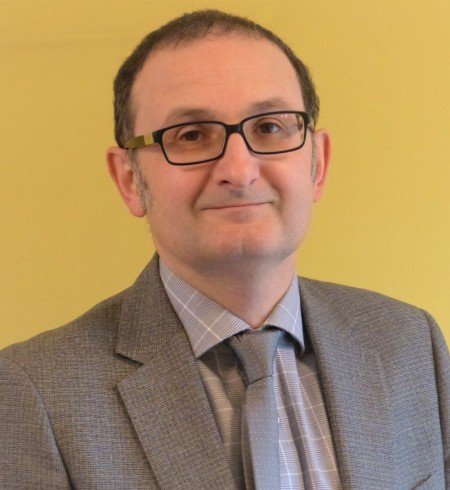Perspectives on WRC-19
Operators’ Perspectives on WRC-19 in the MEA Region
From the operators’ perspective, the main WRC concern is IMT (5G) spectrum above 20 GHz. More important than what is on the agenda it what is not on the agenda. The main band for 5G capacity is going to be the C Band (3.4-3.8 GHz). However, 3.6-3.8 GHz is not recognised in EMEA for mobile services or IMT in the ITU regulations. This means that it must protect existing and future satellite services in 3.6 – 3.8 GHz. Satellite uses the band to provide broadband connections in rural areas as well as TV distribution. Unfortunately, the exclusion zone required could be of the order of tens of kilometres and perhaps, in some circumstance, up to 200 km (or more). This could be a major issue for some countries if their neighbours have widespread satellite deployment in 3.6 to 3.8 GHz. There are suggestions that WRC-19 could agree to look at this issue in the subsequent world radiocommunication conference (WRC-23).
More important than what is on the agenda it what is not on the agenda. The main band for 5G capacity is going to be the C Band (3.4-3.8 GHz). However, 3.6-3.8 GHz is not recognised in EMEA for mobile services or IMT in the ITU regulations.
Another major issue for operators will be the availability of so called “mm-wave bands”. These are the bands above 24 GHz, and will be used for very high capacity services. C band will allow operators to have around 100 MHz of contiguous spectrum. This is substantially more than in existing bands where 20 or 30 MHz is more typical. Mm-wave will allow operators to have 1 GHz (1000 MHz) of contiguous spectrum each to allow much higher data rates for new applications such as virtual reality. The band that most regulators have agreed upon in this region (and beyond) is 24.25 to 27.5 GHz (AKA 26 GHz).
However, an interference issue has emerged with passive satellite services at around 24 GHz. This passive service (used by European Space Agency) does not transmit but receives only. ESA uses the satellites to measure the temperature of the earth to monitor global warming globally. Unfortunately, the CEPT believes that the 5G signal strength that is allowed to “spill-over” into the ESA band should be around 1000 times less than the figure Africa and MENA have suggested. The upshot could be that IMT/5G will not be able to use bands below 26.5 GHz for mobile devices to meet such stringent limits. This would mean that in a market with three mobile opcos, each would only have access to 300 MHz instead of 1000 MHz. This might significantly limit the attractiveness of mm-wave bands. These mm-wave bands are seen as important for the longer term development of 5G.
An issue that seems to have a lot of traction with African regulators is to widen broadband coverage beyond major urban areas. It is likely that this drive will have an impact on African MNO’s one way or another.
Issues of importance to African Telecom Operators
An issue that seems to have a lot of traction with African regulators is to widen broadband coverage beyond major urban areas. It is likely that this drive will have an impact on African MNO’s one way or another. ATU seems to have high priority on agenda item 1.14 and High-Altitude Platforms (HAPS). The idea is to have balloons or aircraft at 20 – 50 km above the earth’s surface that can be used to provide backhaul for mobile or local WiFi in very remote areas that can’t be easily connected by fibre. There might be an opportunity here to help ensure that what comes out of this agenda item allows the MNO’s in Africa to most effectively benefit from this. It is currently pushed by Facebook and others, but to their advantage. We have yet to know specific details of whether MNOs in Africa have much involvement in this so far or not.
The other issue that could be important is WRC-19 AI 10 – which is setting the AI’s for WRC-23. As regards WRC-23, which is already being talked about heading into WRC-19, there are two potential agenda items for WRC-23 that could be of interest to Operators:
- IMT/Mobile in 3.6 to 3.8 GHz – which I believe ASMG wants to promote.
- A review of the TV bands (470 to 960 MHz) – with a view to having more mobile spectrum for 5G. These bands would be very useful for offering higher data rates in rural areas. They could do so more cost effectively and having larger blocks of spectrum makes the engineering easier. Again, ASMG wants to do this.
Both these issues for 2023 are likely to face a lot of push back in Africa, so it might be something that SAMENA Council may delve into.


